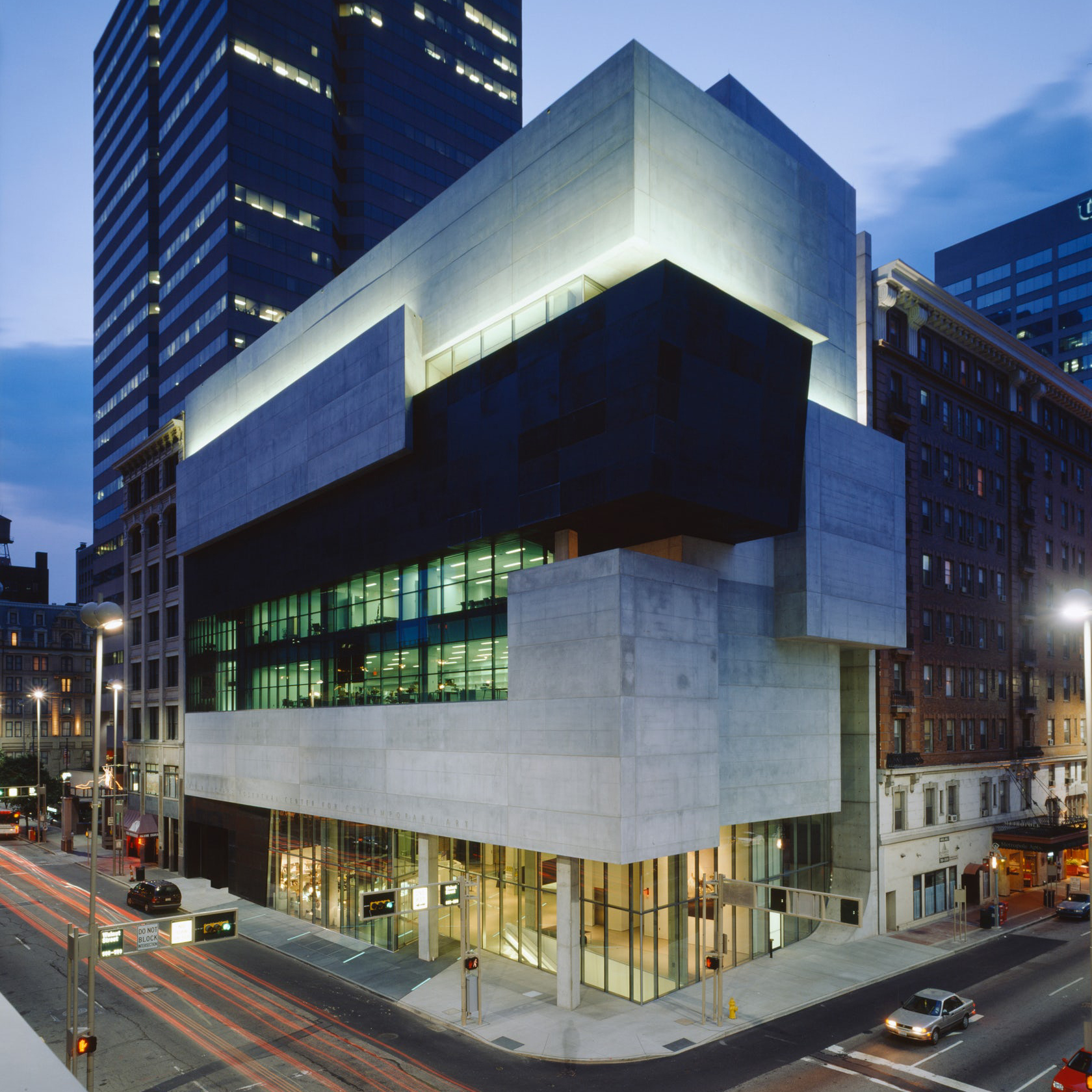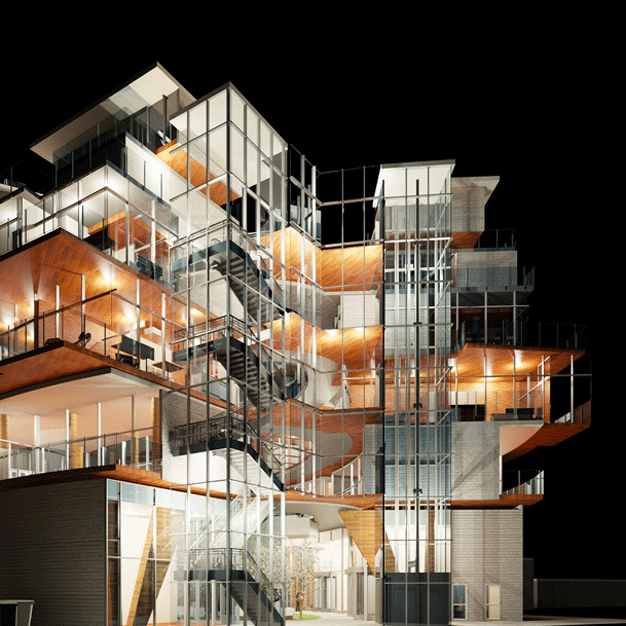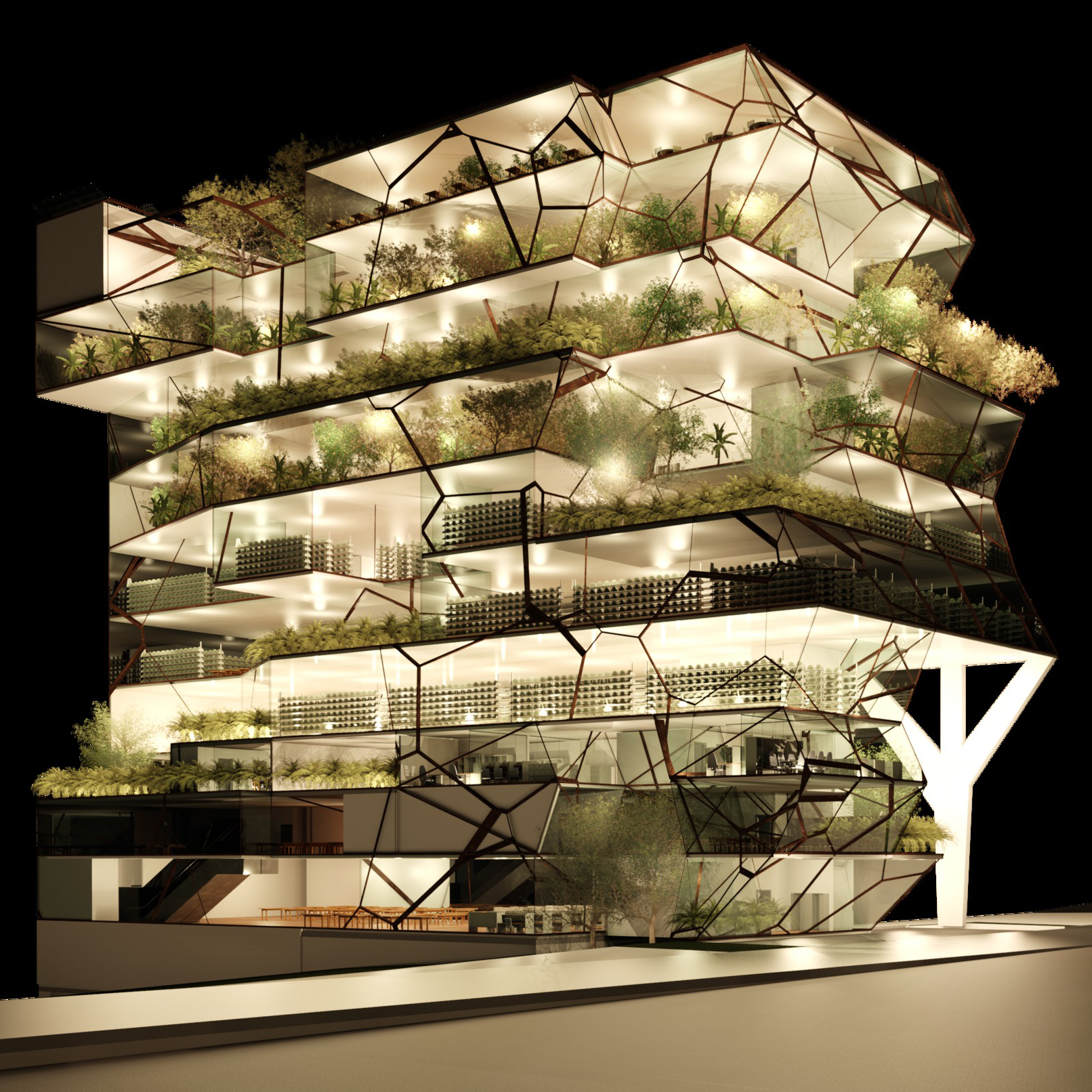Connect with huge architecture firms and gain new business through Architizer’s community marketplace for building-products. Click here for more information.
As both architects and manufacturers know, lighting design can be the difference between a good building and one that truly takes your breath away. But while there are numerous articles out there explaining the possibilities of illumination to architects, it’s also important that they are aware of the pitfalls.
If you’re an architect, you should keep the following factors in mind as you consider lighting design your next project. If you are a lighting manufacturer, you are well positioned to offer advice that will help architects avoid common mistakes and act as a reliable source of knowledge for them. Leverage your expertise in the following areas to help avert design disasters with lighting:

Lois and Richard Rosenthal Center for Contemporary Art by Zaha Hadid Architects, OVI and KZF Design, Cincinnati, Ohio
The Ups and the Downs
Whether an architect wants to wash or graze walls, they are likely going to need either up- or down-light systems. It’s straight-forward enough to explain the pros for each system, but don’t be afraid to make architects aware of the cons as well. While this may feel counter-intuitive, architects will appreciate it and trust your brand more in the long term.
Factors that architects should be made aware of include uplighting’s tendency to “spill” light into the atmosphere, which can sometimes be frowned upon because it deprives people of a night sky. Downlighting, on the flip side, can potentially create disability glare. Flag these potential issues with architects as they come up — they will thank you.
A Glaring Mistake
Both uplighting and downlighting techniques have the potential to result in light “trespass,” which means the light extends to another site or property — causing discomfort for neighboring tenants or residents. It’s worth talking through this with architects, particularly for those with projects in compact urban locations.
Beyond lighting products, you could recommend louvers and other glare-control products to help rectify such issues. Educate architects on the importance of beam spreads and angles, as this knowledge will help solve many of their design problems. Supporting the architect holistically in this way will consolidate your relationship with them and ultimately increase your chances of a sale.

Image via AEC Magazine
The Risk of Renderings
An architect has perfected their hyper-realistic renderings, showing exactly how cornices will be grazed and domes washed. Their client is in awe at the lighting effects rendered and approves the design. The problem arises when the architect is deep into the project and then consults with a lighting designer, who tells them that these effects either cannot or should not be done the way they envisioned.
“Realistic rendering is a wonderful tool but can also be dangerous,” said Allison Hunter, a senior associate at Horton Lees Brogden Lighting Design. “Your computer program may create an effect that’s not necessarily impossible but not practical in reality.” The earlier on in the design process you can communicate with an architect, the more you can help guide them and reduce the chance of this situation arising.
Materials Matter
Another mistake that Hunter observes is project teams “not knowing the aspects of the materials that they’re lighting.” She continues: “I tell them to mock it up. If you’re debating back-painted glass versus something else, get a sample, get a fixture and see how the light interacts with the material.” Also, architects sometimes change the material midway without communicating this change to the lighting designer.
Remind architects of the knock-on effects of using particular lighting products. Recommend certain lights that will complement the material palette the architect selects. Help them adapt the lighting to align with the evolving needs of their project — architects appreciate being offered flexible solutions.

Image via Autodesk
Excess Energy
LEED certification can be put in jeopardy if an architect specifies the wrong type of lighting on a large scale. Ensure that architects are aware of the energy ratings of different lighting options, as well as how their performance might vary in different environments. For example, architects may not be aware that LED lighting is especially suited to exteriors in moderate to cool regions, because the technology inherently likes the cold.
It is also worth talking through other energy conservation products available, such as timed control systems to extinguish the lights during off-peak hours. “You’ll notice that the Empire State Building shuts off at two in the morning,” says Hunter. “That’s a way to minimize light pollution but still achieve a dramatic effect.” Advising architects in this area benefits not only them, but also their client.
Teaching architects these lessons in lighting design should help you become active collaborators in their projects. As a result, the problem-solving qualities of your products will become an even stronger asset. The more guidance you can provide, the easier it will be to sell the perfect lighting solution for the job.
Gain leads from major firms such as AECOM, HOK and OMA through Architizer’s community marketplace for building-products. Click here to sign up now.
Top image via Simes






 Lois and Richard Rosenthal Center for Contemporary Art
Lois and Richard Rosenthal Center for Contemporary Art 


